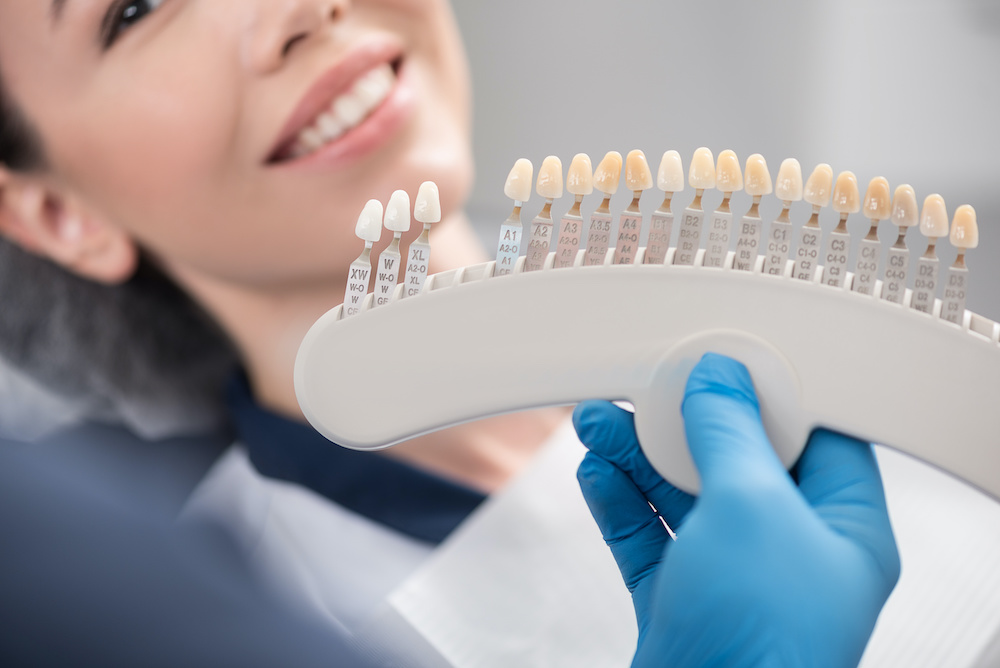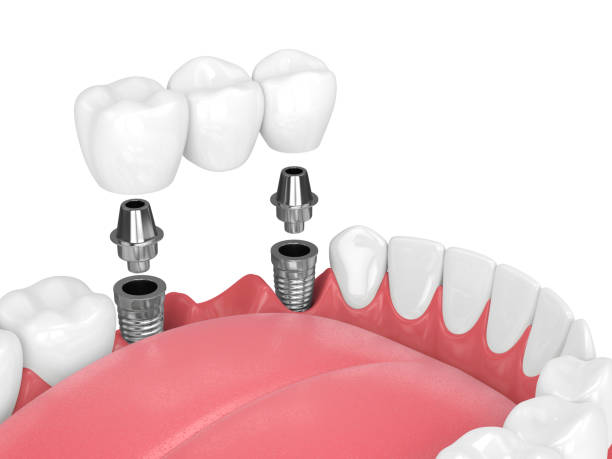Cosmetic dentistry offers a wide range of treatments to improve smiles, and one of the most popular choices today is composite veneers in Dubai. These veneers are applied directly to the teeth using tooth-colored resin, making them an excellent solution for correcting chips, discoloration, gaps, or minor misalignments. However, many patients often ask: are composite veneers reversible? Understanding the reversibility, benefits, and limitations of composite veneers helps patients make informed decisions before treatment.
What Are Composite Veneers:
Composite veneers are thin layers of resin applied and sculpted directly onto the teeth. Unlike porcelain veneers, which require more tooth reduction, composite veneers involve minimal enamel alteration, making them less invasive. Dentists carefully shape and polish the material to blend seamlessly with natural teeth, providing an immediate aesthetic improvement.
Are Composite Veneers Reversible:
The good news is that composite veneers are considered reversible in most cases. Since very little enamel is removed during the procedure, the underlying natural teeth can typically be restored to their original state if veneers are removed. This reversibility makes them appealing for patients who want to try cosmetic dentistry without committing to permanent alterations.
Factors That Affect Reversibility:
While composite veneers can usually be reversed, certain factors influence the outcome. These include:
-
The amount of enamel removed during application.
-
The duration veneers have been worn.
-
The patient’s oral hygiene and overall dental health.
-
Whether veneers have been repaired or replaced multiple times.
In some cases, slight changes to the tooth structure may remain even after removal, but these are generally minimal compared to other veneer options.
The Process of Removing Composite Veneers:
When a patient chooses to reverse composite veneers, dentists use specialized tools to gently remove the resin material. This process requires precision to avoid damaging natural enamel. Once veneers are removed, teeth may require polishing or minor restoration to restore their natural look. The procedure is safe and typically completed in a single visit, depending on the number of veneers being removed.
Benefits of Reversible Veneers:
The reversibility of composite veneers provides patients with unique advantages compared to other cosmetic treatments:
-
Flexibility to return to natural teeth.
-
Lower commitment compared to porcelain veneers.
-
Ability to replace or adjust veneers over time.
-
Opportunity to explore other cosmetic treatments later.
These benefits make composite veneers particularly attractive for patients seeking a cosmetic solution with minimal long-term impact.
Situations Where Veneers Are Not Fully Reversible:
While composite veneers are generally reversible, there are exceptions. If a significant amount of enamel was removed during application, teeth may not return to their exact natural state. Long-term wear may also cause slight changes in color or texture of natural teeth beneath the veneer. In such cases, patients may require additional treatments such as whitening or bonding to restore aesthetics.
Comparing Composite Veneers to Porcelain Veneers:
When considering reversibility, composite veneers stand out compared to porcelain veneers. Porcelain requires more enamel reduction, making the procedure irreversible. On the other hand, composite veneers involve minimal alteration, making them more adaptable and reversible. This distinction is one of the main reasons many patients choose composite veneers as their first step in cosmetic dentistry.
Longevity and Maintenance:
Composite veneers typically last 5 to 7 years with proper care. Although not as durable as porcelain, they offer the advantage of easy repair and replacement. Maintaining veneers requires good oral hygiene and lifestyle habits, such as avoiding staining foods and not using teeth to bite hard objects. These practices extend their life and preserve their aesthetic appearance.
Alternatives After Veneer Removal:
Patients who decide to remove veneers have several options to maintain or enhance their smile:
-
Teeth whitening to brighten natural teeth.
-
Dental bonding to repair small imperfections.
-
Transitioning to porcelain veneers for a permanent solution.
-
Orthodontic treatments for alignment issues.
These alternatives allow patients to explore new ways to achieve their smile goals without permanent commitment.
Dentist’s Advice on Choosing Veneers:
Dentists usually recommend composite veneers for patients seeking a less invasive, affordable, and reversible cosmetic solution. Before making a decision, it’s essential to discuss expectations, lifestyle habits, and long-term goals with your dentist. Clinics specializing in composite veneers in Dubai often provide detailed consultations, allowing patients to weigh the pros and cons of reversibility before undergoing treatment.
Final Thoughts:
Composite veneers provide a natural-looking, cost-effective, and minimally invasive solution for enhancing smiles. One of their key advantages is their reversibility, giving patients the freedom to remove them if they wish to return to natural teeth or explore other cosmetic treatments. While slight changes to enamel may occur, they remain far less invasive than other veneer types. Choosing composite veneers in Dubai ensures expert guidance from skilled professionals who can help you achieve a confident, beautiful smile while keeping your long-term dental health in mind.







0 Comments